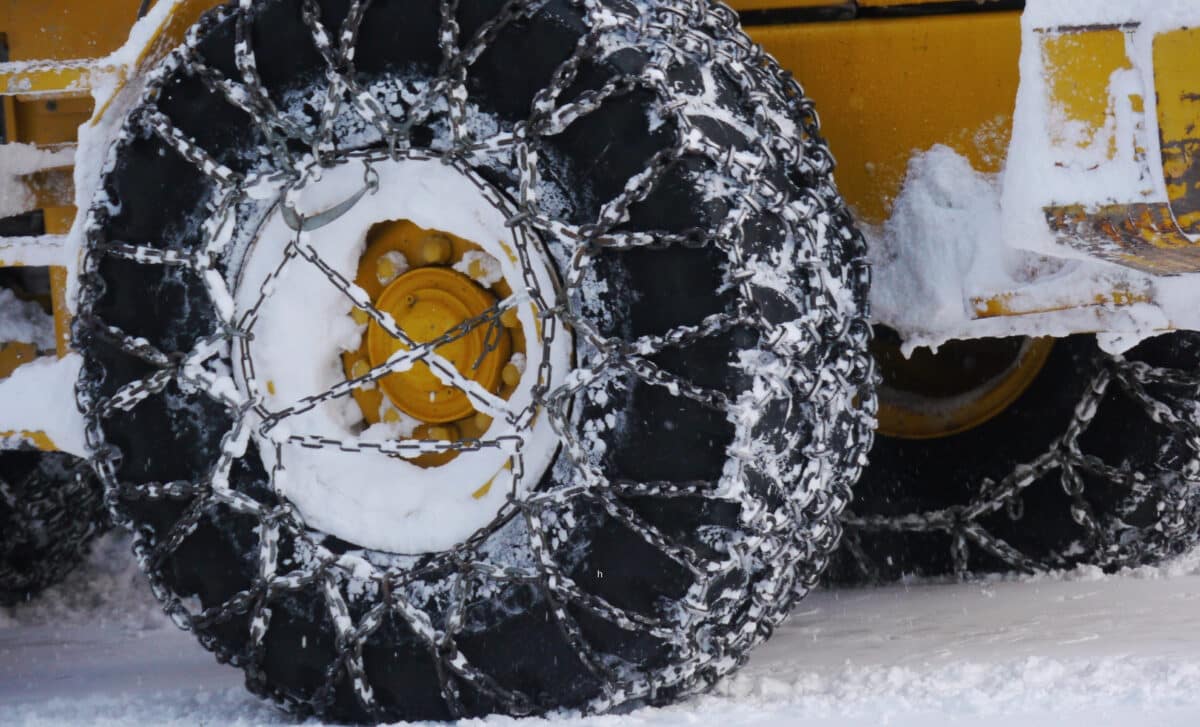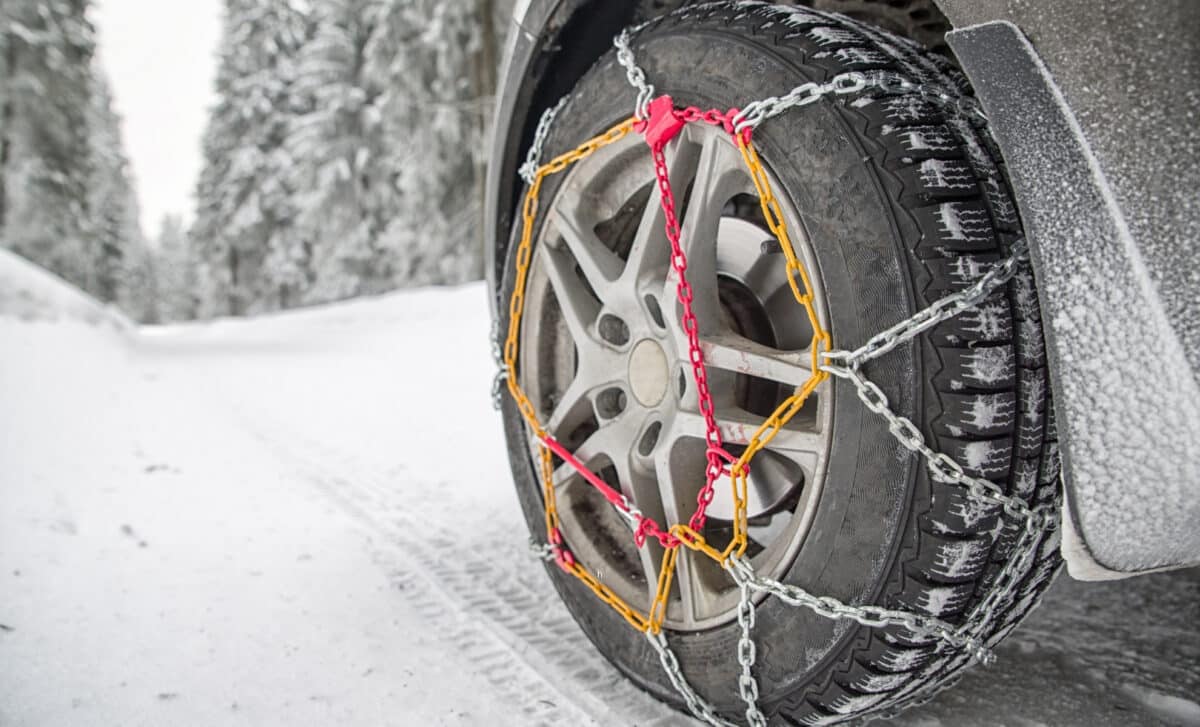This change, which went into effect this winter, aims to reduce traffic disruptions and improve safety in the face of unpredictable mountain weather. Drivers who fail to comply with the new regulations could face fines, making winter preparedness more critical than ever for motorists.
The law is part of a broader effort by the Colorado Department of Transportation (CDOT) to address the hazards posed by winter conditions, particularly on I-70, a highway that sees heavy traffic and is notorious for its sudden snowstorms and icy roads. While 2WD vehicles are not required to use chains at all times, they must have them on board and be ready to use them when conditions worsen, ensuring that drivers are prepared for severe weather.
New Requirement for 2WD Vehicles
Starting this winter, Colorado requires that all two-wheel-drive vehicles traveling on I-70 between September 1 and May 31 must carry snow chains. The new rule applies to a section of the highway from Dotsero to Morrison but can be expanded to other routes during severe weather events.
According to the Colorado Department of Transportation (CDOT), the aim of the law is to improve safety by ensuring that drivers are prepared to handle the challenges posed by snow, ice, and steep terrain. While this doesn’t mean that 2WD vehicles are prohibited from traveling through the mountains, they must be equipped in the same way that commercial trucks have long been required to be, reports Carscoop.
This mandate places a greater responsibility on everyday drivers to ensure they are ready for winter driving conditions. CDOT emphasizes that while vehicles won’t need to use chains continuously, they must be equipped with them and prepared to install them when necessary.

Penalties for Non-Compliance
Failure to comply with the new chain law can result in fines and penalties. Drivers of 2WD vehicles who do not carry chains risk a fine of $50, with an additional surcharge. More serious penalties can arise if a driver blocks traffic due to being unprepared, with fines reaching up to $500. The law does not include chain checkpoints, but law enforcement officers may ask about snow chains if a vehicle is stopped for any reason.
In addition to the new requirements for 2WD vehicles, the law also applies to all-wheel-drive (AWD) and four-wheel-drive (4WD) vehicles. These vehicles must meet certain tire requirements, including a minimum tread depth of 3/16 inches. If a driver of an AWD or 4WD vehicle does not meet these specifications, they too may face fines.
The Need for Winter Preparation on I-70
I-70 is known for its rapidly changing weather conditions, and drivers familiar with the corridor understand how quickly a clear day can turn into a dangerous storm. According to CDOT spokesperson Andrew Hogle, the new law is intended to reduce the number of vehicles that get stranded during severe winter weather. “When weather changes, truckers have to pull over and put on their chains. It’s now going to be the same for Front Wheel Drive or two-wheel-drive vehicles,” Hogle explained.
The law aims to reduce the number of accidents and delays caused by drivers who are unprepared for the harsh conditions that often come with mountain travel in Colorado. CDOT has also pointed drivers to online resources, including guides on how to install chains and prepare for winter conditions. These resources are designed to help drivers stay safe and comply with the new requirements.
For those unfamiliar with mountain driving, the unpredictable weather on I-70 can be a significant challenge. The new law is designed to ensure that all drivers, whether in 2WD, AWD, or 4WD vehicles, are prepared for whatever conditions they may face on the road. The goal is clear: improve safety and keep traffic moving smoothly during the state’s notoriously difficult winter months.









